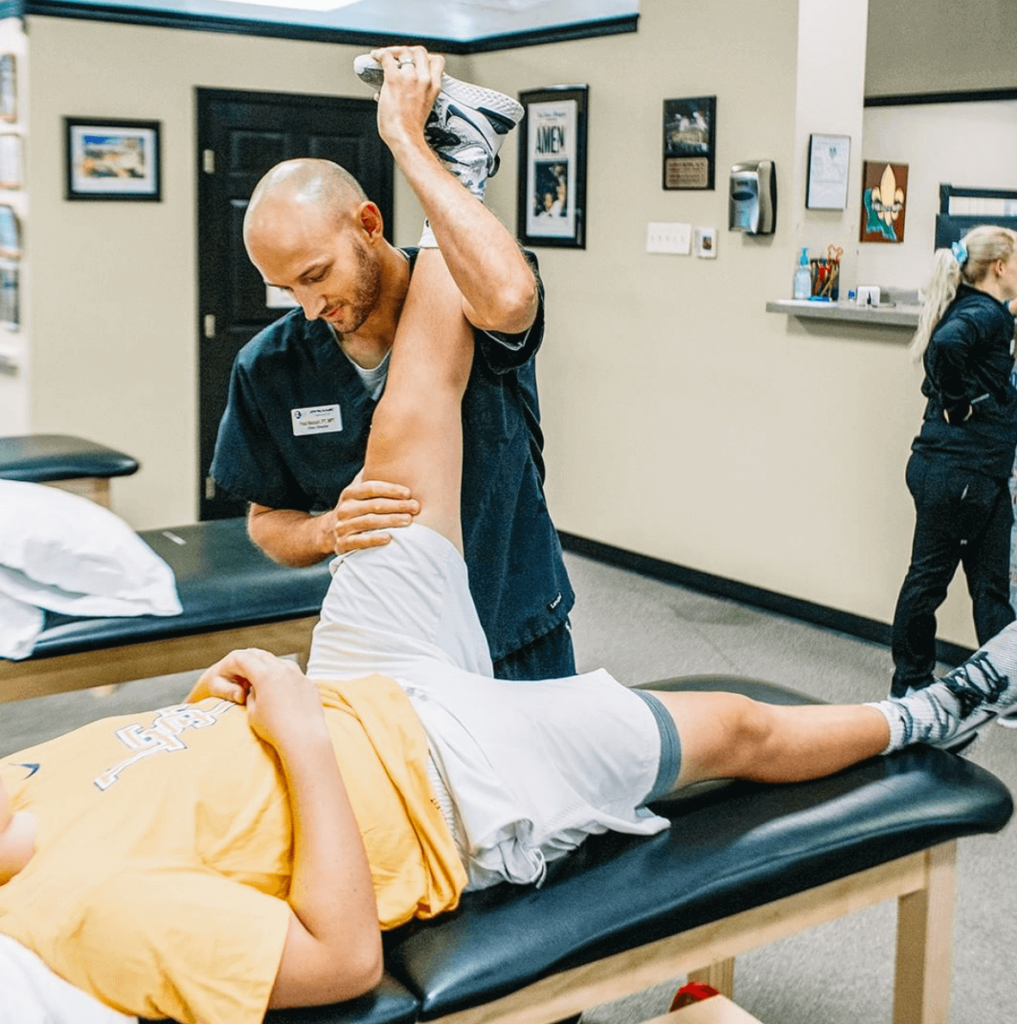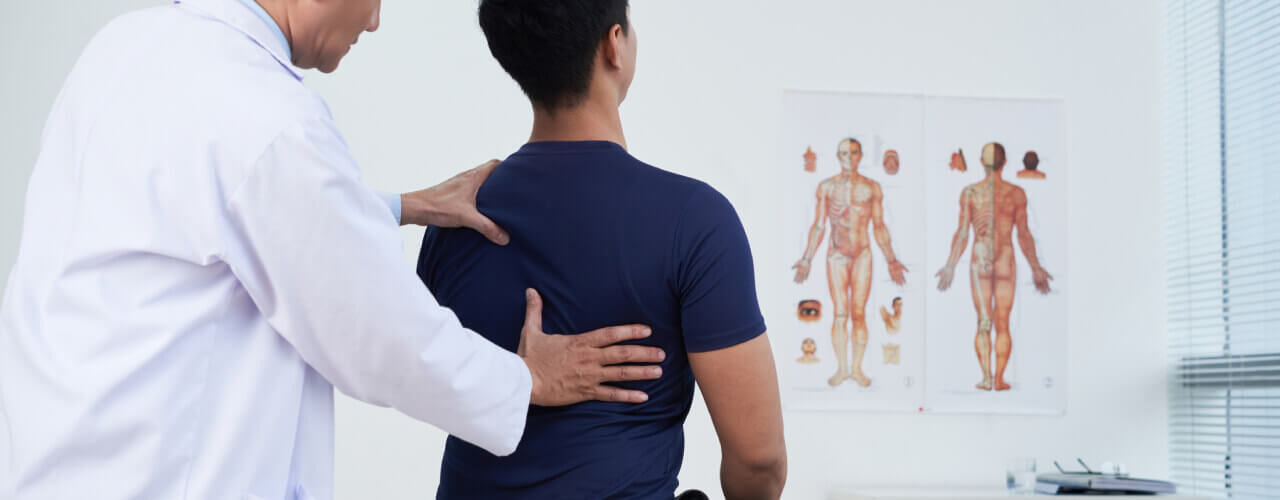Are you in your fifth, sixth, or seventh decade of life? You might start to notice aches, pains, and other issues are making movement more difficult for you. There are so many things to look forward to with age—spending more time with loved ones, watching your family grow, and experiencing new things. Unfortunately, as we age we also experience more pain and health problems.
Age-related degenerative conditions and chronic health issues are very common in this day and age. But while there’s no question that our bodies change with age, it is possible to maximize your mobility and independence—and there are plenty of good reasons to do so!
If you’re looking for new ways to stay active and in good shape, turn to physical therapy. Our physical therapy team can help you maintain a strong and mobile body as you get older, manage and prevent chronic illnesses, and keep you active and energized throughout your golden years. Call us today to schedule an appointment!
Benefits of staying active as you age
Harvard Health states “With age, the heart’s main pumping chamber, the left ventricle, tends to thicken. Both ventricles may also stiffen and not fill with blood properly—a condition known as diastolic dysfunction. But getting ideal amounts of physical activity (at least 150 minutes per week of moderate activity or 75 minutes of vigorous activity) may help prevent this problem, according to a study in August 2016.”
1. Longer lifespan and higher quality of life
The American Heart Association recommends that each aging individual gets “at least 150 minutes per week of moderate-intensity aerobic activity or 75 minutes per week of vigorous aerobic activity, or a combination of both, preferably spread throughout the week.”
Staying physically active at any age can help you lose weight, decrease stress, boost your memory and brain health, and improve your mood. Exercise is especially important for older adults because it reduces the risk of age-related health conditions, helps manage existing health conditions, increases longevity, mobility, and flexibility, and also extends the amount of time a person spends disease-free.
2. Restore and maintain muscle mass
When it comes to muscles, the old saying really is true: “if you don’t use it, you lose it!” We need to strengthen and maintain our muscles as we age in order to maximize our independence, prevent falls, enhance bone health, improve metabolic and hormonal balances, support the immune system, and optimize overall health. Loss of muscle mass is a common consequence of aging, but that doesn’t mean we can’t take precautions to lower our chances of health related problems as a result of it.
One of our physical therapists can work with you to establish a safe and effective exercise routine—and address any nagging injuries or illnesses that are making day-to-day function challenging.
3. Avoiding falls that can result in injury
According to the National Council on Aging, an older adult is medically treated for a fall-related injury every 11 seconds. Unfortunately, falling events claim the lives of three senior Americans every hour. But while falls are common—they affect 1 in 4 people over the age of 65 every year—they’re not a “normal” consequence of aging, and should not be accepted as such either.
Staying physically active is one of the best ways to prevent falls. Research shows physical therapy is an effective way to prevent falling events in the elderly. Our physical therapist staff can offer you and your loved ones evidence-based strategies to improve your coordination, flexibility, strength, balance, and endurance, and avoid the costly physical, financial, and emotional impacts of falls.
Everyday activities you can try
The AHA lists some examples of moderate-intensity aerobic activities that you can try out.
- brisk walking (at least 2.5 miles per hour)
- water aerobics
- dancing (ballroom or social)
- gardening
- tennis (doubles)
- biking slower than 10 miles per hour
The goal is to make sure you’re not leading a sedentary lifestyle. Don’t worry if you can’t reach 150 minutes per week of exercise just yet; everyone has to start somewhere! There’s no rule for when you can start to lead a more active lifestyle. Today could be the day you begin to set goals! If you don’t feel strong enough to get as much activity in as is recommended for your age, you can work up toward the recommended amount by increasing your time as you get stronger.
The easiest way to get moving and improve your health is to pick up walking as a hobby. It’s totally free and it can be done anywhere, from running errands in town to taking a stroll with your pet around the neighborhood.
Are you ready to get active, and stay that way?
If you only remember one thing, remember this: the healthier, stronger, and more active you are as you age, the less likely you are to lose your independence, die early, and experience potentially life-threatening injuries. Plus, exercise is neuro-protective and good for your brain—making it a no-brainer for any older adult!
Are you ready to make physical activity an essential component to your healthy aging plan? Contact our physical therapy office today to schedule an appointment.
Sources:
- https://www.health.harvard.edu/heart-health/to-keep-your-heart-working-well-stay-active-as-you-age
- https://www.heart.org/en/healthy-living/fitness/fitness-basics/aha-recs-for-physical-activity-in-adults
- https://www.ncoa.org/news/resources-for-reporters/get-the-facts/falls-prevention-facts/
- https://www.healthline.com/nutrition/10-benefits-of-exercise



